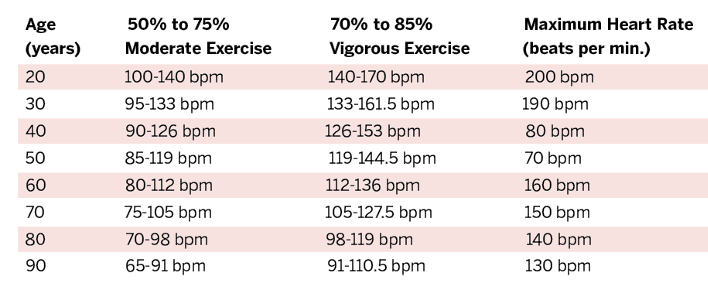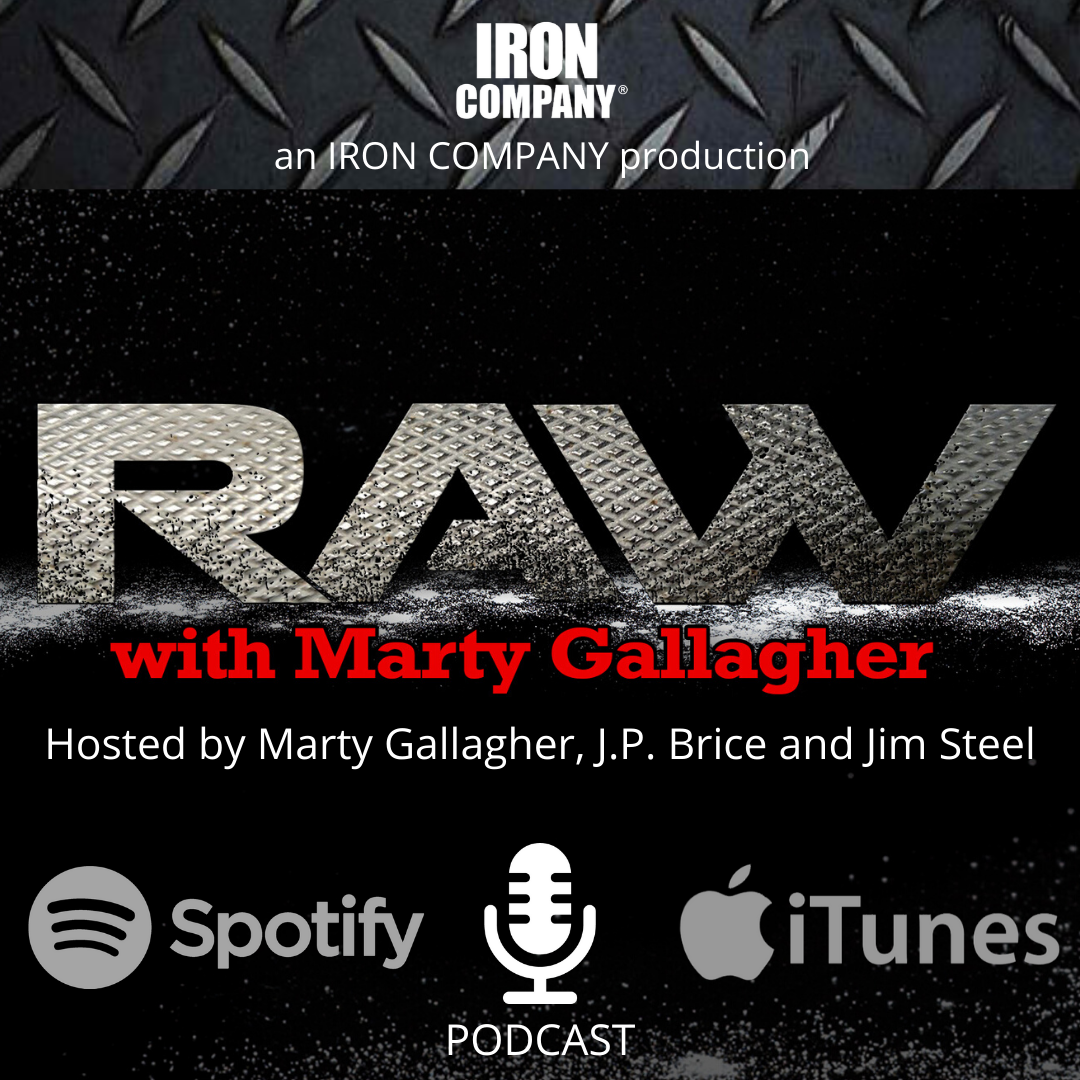
Heart Rate Monitor - Strap Up
The importance of a heart rate monitor. Would you lift weights without knowing the poundage?
I've been a big fan of the heart rate monitor since they first showed up on a widespread basis in the 1990s. For me, knowing how hard the heart was working in relation to the type of exercise being done was (and is) critical information. When performing cardio exercise, frequency, timing, and duration are easily identified and notated - but how do you create a benchmark for aerobic intensity?
Doing cardio without wearing a heart rate monitor is like lifting barbells or dumbbells without knowing the poundage. In progressive resistance training intensity is expressed by the sets, reps and the poundage used. How can you manipulate intensity if there is no way of assessing it?
I used heart rate monitors for years. Nowadays all you need is a chest strap as there is a wide range of heart rate monitor apps available online for free. I use Wahoo, which is designed for bikers. The chest strap transmits the data to the phones we carry with us everywhere all the time. Purchase a chest strap online for $20 and you are ready to strap up and mine a tremendous amount of cool cardio data….
Heart rate in real time how fast is the heart beating - right now in this instant
Blended-session average heart rate session average heart rate on a per minute basis (guess-timation)
Calories oxidized calories burned (guess-timation)
Distance how far? GPS pinpoint accuracy
Elevation changes gradient changes – running or walking hills? Now know how steep
Elapsed time session length
Electronic logging data derived from the individual sessions compiled and stored
Two inaccurate modes of measure are used: the age-related heart rate and the number of calories burned during the session. Neither the ARHR max formula, nor the calories burned formula are accurate to any degree. They are guesses, broad approximations. The age-related heart rate formula is old and generalized: subtract your age from the number 220 to ascertain your heart rate maximum. No accounting for fitness, unfitness, health, gender, bodyweight, body fat percentile, etc. Does a 30-year old 400-pound strongman competitor have the same maximum heart rate as a 30-year old marathon runner? Of course not.
The “calories burned” readout is equally flawed. In order to know with any exactitude how many calories are burned in a training session and do so with any degree of real accuracy (still) requires the athlete being in a laboratory hooked up to expensive equipment administered by scientists and medical professionals. Why use flawed measurements? Both are useful despite their inaccuracy.
Regardless how inaccurate the calories burned number is, or how faulty the age-related HR max is, they each create a numerical qualifier on the work you just did. Forget if they are accurate, just be aware that they are intensity benchmarks. Regardless of the accuracy of the numbers, they have quantified the work that you did and provided numbers that can and should be improved upon. An inaccurate benchmark is still a benchmark and once we have a benchmark that number can be improved upon.
10-week Cardio Template
A 70-day, 10-week periodized cardio game plan for a 44-year old male in average physical condition
100% maximum heart rate: 220 – 44 = 176 176 is his 100% maximum heart rate
| Week | Frequency | Duration (min) | Target HR/blended avg* | Calories | Cals per min. | Bodyweight |
| 1 | 3 | 12 | 123/70% | 150 | 12.5 | 200 |
| 2 | 3 | 14 | 127/72% | 200 | 14 | 198.5 |
| 3 | 4 | 16 | 130/74% | 240 | 15 | 197 |
| 4 | 4 | 18 | 130/74% | 300 | 16.5 | 195.5 |
| 5 | 5 | 20 | 134/76% | 330 | 16.5 | 194 |
| 6 | 5 | 22 | 134/76% | 350 | 16 | 192.5 |
| 7 | 6 | 24 | 137/78% | 375 | 15.5 | 191 |
| 8 | 6 | 26 | 137/78% | 400 | 15.125 | 189.5 |
| 9 | 7 | 28 | 140/80% | 425 | 15 | 188 |
| 10 | 7 | 30 | 140/80% | 450 | 15 | 186.5 |
| 11 | 185 |
Column explanations
| Week | Frequency | Duration | Target HR/blended avg* | Calories | Cals per min. | Bodyweight |
| 1-10 sequential. End of week 11 is final weigh in. | How many cardio sessions per week. | Session elapsed time expressed in minutes. | The targeted heart rate session average – going into the cardio session these are the goals. On average, how many times did the heartbeat per minute? | Rough guesstimates. | For the length of the session, how many calories per minute does the athlete burn? | Attain a consistent 1.5-pound weekly reduction; weigh-in at the end of each week. |
This template is a replication of a 10-week periodized cardio regimen I created for an individual that decided to get serious about losing body fat while regaining some semblance of fitness. He had the right situation and was highly motivated: healthy and uninjured, he was willing yet unfit. His goal was to gradually shed 15-pounds of body fat while muscling up a bit.
I placed him on a twice-weekly resistance training program. He rotated between two cardio modes: he would go power walking in his hilly neighborhood when the weather was good, or he used his push-pull fan bike when the weather was too cold or too wet. He had specific resistance training goals and periodized cardio numeric targets going into every training session every week. Workout results were electronically logged.
Each successive week for ten straight weeks the demands placed on him were increased, stair-stepped upward, ever so slightly, imperceptibly. Simultaneously, bodyweight was stair-stepped downward. This degree of precision needed was impossible without using a heart rate monitor. The periodized training was combined with a sensible and complimentary nutritional component. Our best efforts in the weight room and all the fat-burning benefits derived from aerobics can be undone with substandard nutrition.
The heart rate monitor enables the cross-comparing of exercise types: how does 30-minutes of racquetball compare to 30-minutes of stationary bike? Is it better to spend my time running hills or running in sand? Without a heart rate monitor there is no way to access cardio intensity or cross-compare cardio modes with any degree of accuracy.
While it is easy to denote aerobic exercise duration and frequency, there is no way to differentiate intensities without a heart rate monitor. Using a heart rate monitor creates a multitude of periodized possibilities and benchmarks. Without one, you are stuck in the two-dimensional cardio world of duration and frequency.
My out-of-shape guy hit every weekly goal and lost 18 pounds of bodyfat while adding 3 pounds of muscle. He got super serious about his nutrition. His 10-week transformation was dramatic yet predictable: it is quite easy to obtain sensational results for out-of-shape folks that suddenly and completely get onboard with a hardcore resistance training program (relatively speaking) complimented with a periodized cardio regimen and underpinned with a serious nutritional approach.
Without a heart rate monitor, periodized cardio is impossible. Strap up: take endurance, stamina, leanness, and health to the next level. With the inexpensiveness and the degree of sophisticated monitoring available for free, there really is no excuse for not injecting this fundamental piece of technology into the transformational template.
About the Author
As an athlete Marty Gallagher is a national and world champion in Olympic lifting and powerlifting. He was a world champion team coach in 1991 and coached Black's Gym to five national team titles. He's also coached some of the strongest men on the planet including Kirk Karwoski when he completed his world record 1,003 lb. squat. Today he teaches the US Secret Service and Tier 1 Spec Ops on how to maximize their strength in minimal time. As a writer since 1978 he’s written for Powerlifting USA, Milo, Flex Magazine, Muscle & Fitness, Prime Fitness, Washington Post, Dragon Door and now IRON COMPANY. He’s also the author of multiple books including Purposeful Primitive, Strong Medicine, Ed Coan’s book “Coan, The Man, the Myth, the Method" and numerous others. Read the Marty Gallagher biography here.


